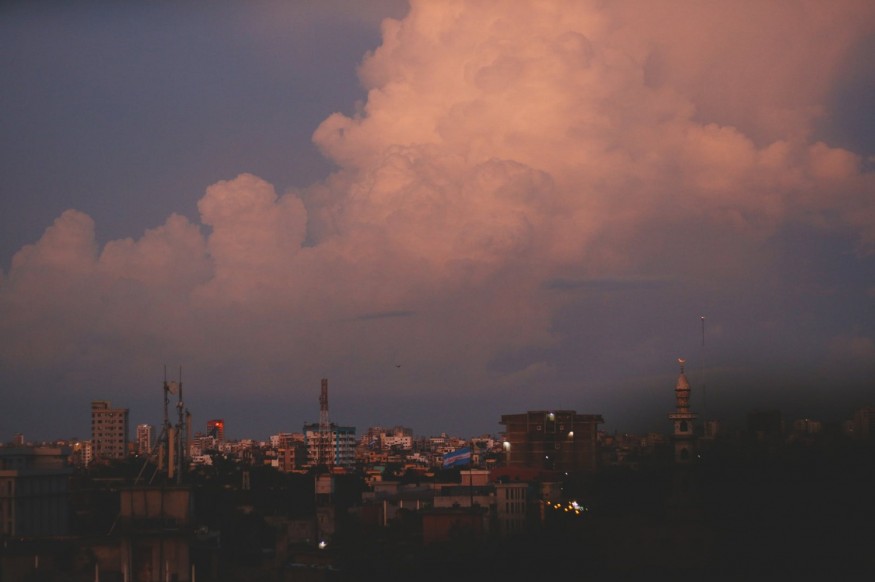
New Delhi has launched a car rationing system known as the "odd-even plan" as it solves the dangerous levels of air pollution in the city.
Vehicles with odd and even number plates would only be allowed by the officials to travel on alternative days from November 4 to 15.
With New Delhi's average air quality index (AQI) stretched at 494 on Sunday, it already topped the city's worst air quality index which reached 497 in November 2016.
Pollution has rched unbearable levels across N India. Del govt taken many steps. Delhiites hv made many sacrifices. Del suffering for no fault of theirs. Punjab CM also expressd concern. Centre shud take immediate steps 2 provide relief. V will support Centre in all initiatives https://t.co/Vx85xYlDId — Arvind Kejriwal (@ArvindKejriwal) November 3, 2019
The air quality in New Delhi placed millions of people at danger of respiratory illness. Levels of hazardous particles in the air are far higher than recommended.
In a news report, Delhi Chief Minister Arvind Kejriwal said that the "odd-even" rationing system would take thousands of cars off the road.
A fine worth 4,000 rupees (US$ 56) – which has doubled from the previous years – would be imposed on those ignoring the rule. Among those excluded from the policy are emergency vehicles, women driving alone, two-wheelers, taxi cabs, and public transport.
However, there are doubts that the system will do much to solve the smog in the city. New Delhi imposed similar actions in the past, which decreased traffic congestion but did not have any significant impact on pollution levels.
What's caused the pollution?
Public health officials say emissions from cars are just among of several factors that have turned New Delhi into - in Mr Kejriwal's words - a "gas chamber."
The fireworks set off during the Hindu festival Diwali a week ago worsened the harmful air particles – such as nitrogen dioxide, sulphur dioxide, carbon dioxide – in the city. Industrial emissions likewise contributed to the smog.
Identifying the causes sparked a dispute between state and federal politicians in New Delhi. Kejriwal called on the nearby states of Punjab and Haryana to stop burning stubbles.
The call made Federal Environment Minister Prakash Javadekar accusing Kejriwal of politicking the problem and outlining his neighbours as "villains."
How bad is the smog?
Siddharth Singh, a climate policy researcher, told BBC that the air in Delhi "smells like burning leaves."
The levels of dangerous particles in the air – known as PM2.5 – are higher than the recommended levels, according to official measurements.
A motorist in north-west Delhi had been experiencing respiratory issues and could barely keep his eyes wide open on the streets since he had to stay outside for work, according to a news report.
The driver added he was suffering from throat infections and felt like his eyes were burning, adding that he could not afford to go to a doctor for a medical check-up.
© 2025 NatureWorldNews.com All rights reserved. Do not reproduce without permission.





